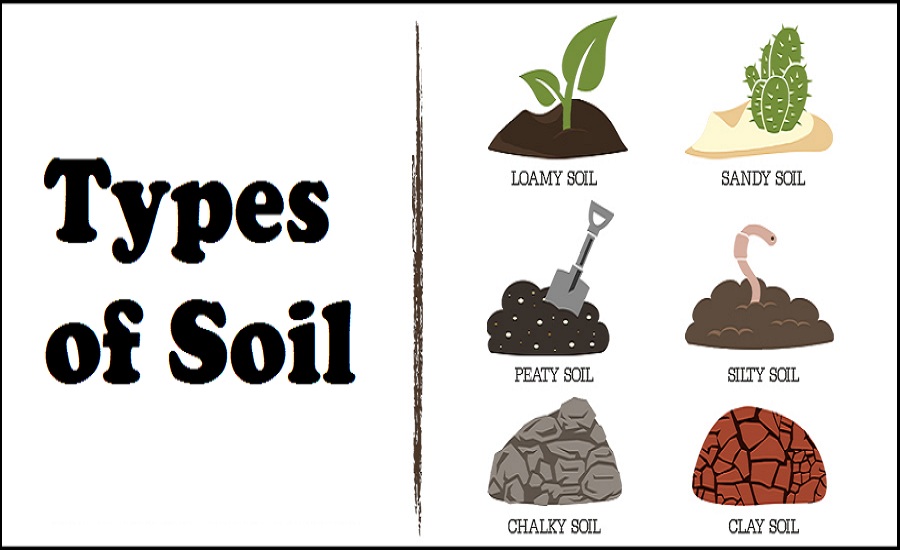What is Soil? What Are Different Types of Soil?
Having the right knowledge about soil and its different types is the key to becoming a successful gardener. Soil is a mixture of disintegrated hums and rock that plays a vital role in the growth of plants. It’s comprised of diverse materials that are both organic and inorganic. The organic materials are the living features (minerals and rocks) of the soil while the inorganic materials are non-living features (soil micro-organisms) of the soil. You can’t enjoy a healthy plant growth if your soil is contaminated. In this case, you either need to get rid of it or recycle it using special techniques. If this is your first time determining the your soil type, you should consider hiring companies like Enviro-Disposal Group to get a complete analysis of your soil. They know exactly how to dispose of and recycle contaminated soil.

There’re five different types of soil that growers and gardeners usually work with. Surprisingly, all these types are a combination of three weatherd rock particles: sand, clay and slit. The formation of these particles determines your soil type. So, each type requires different techniques for being used for plantation. Let’s have a look at some of the most important ones below;
Sandy Soil – This type is comprised of larger particles, and therefore supposed to be the worst for plantation. It’s gritty and dry and the spaces between the particles are huge.
Silly Soil – It has smaller particles and feels smooth to hands. When moisturized, it’s very soapy slick. It makes your hands dirty when you roll it between your hands.
Loamy Soil – This type is supposed to be the best soil for plantation. It is comprised of a mixture of slit, sand, clay and humus (a decaying organic material). It has high calcium content and can hold water and nutrients for longer periods.